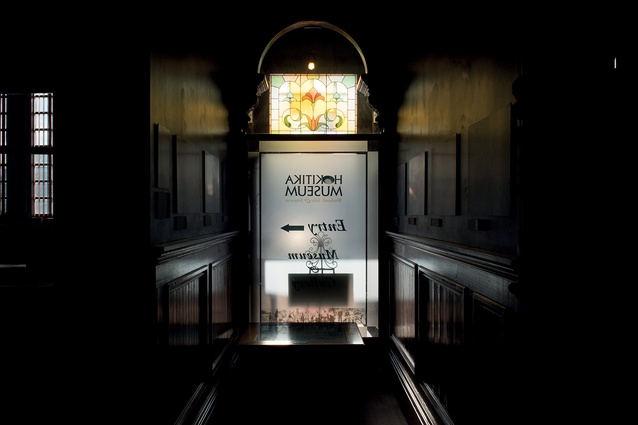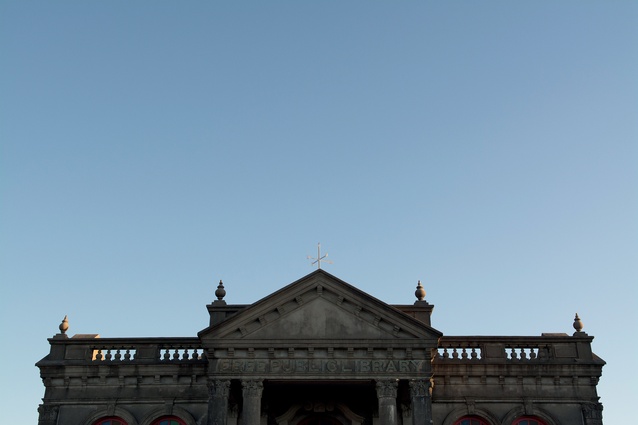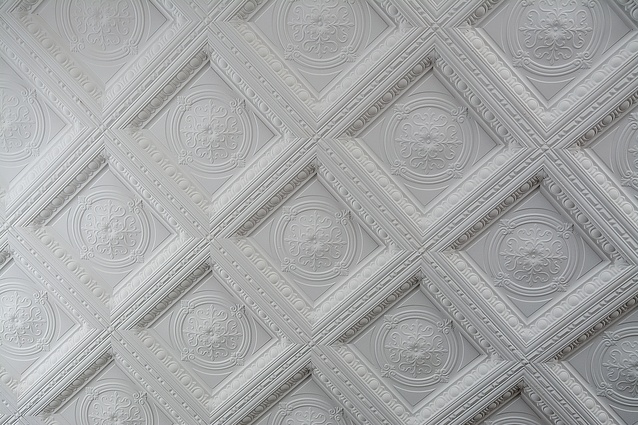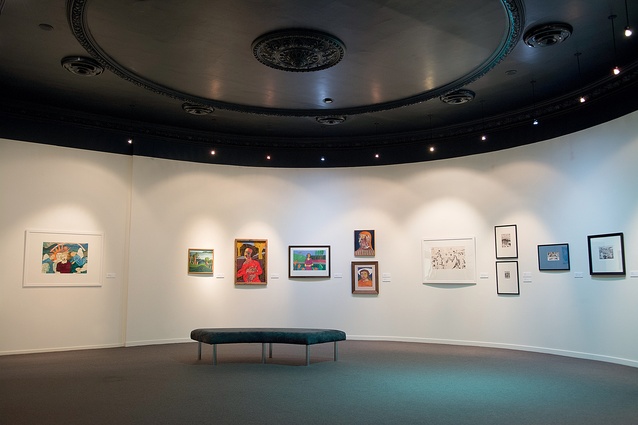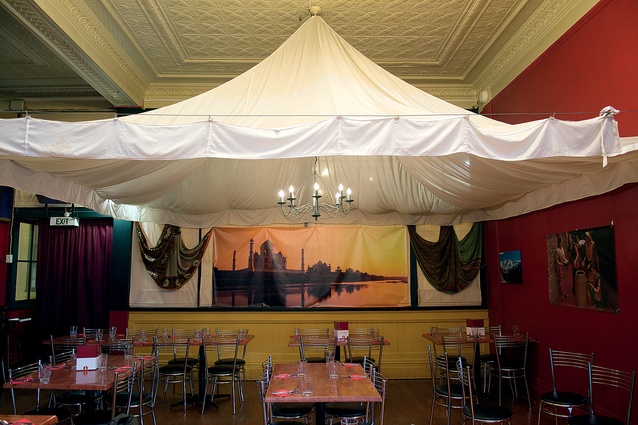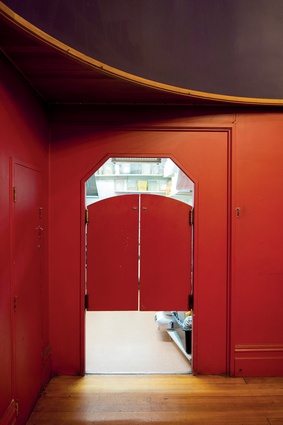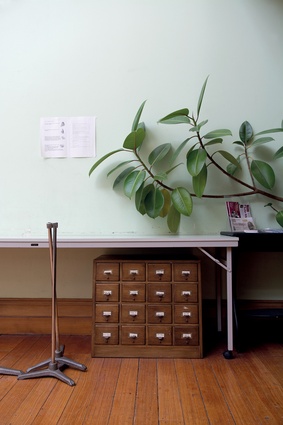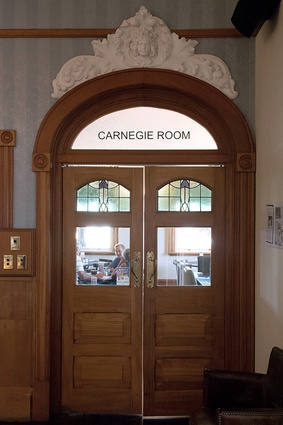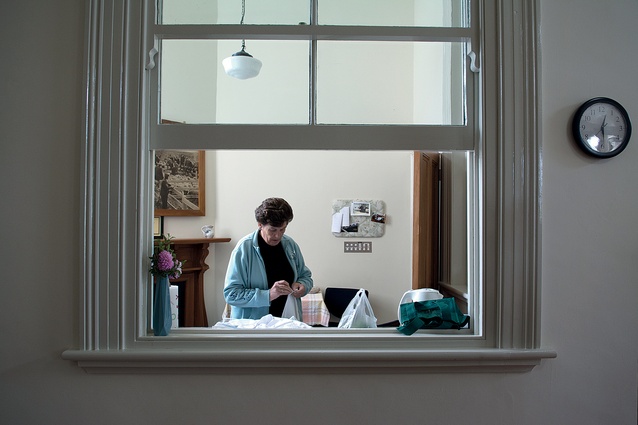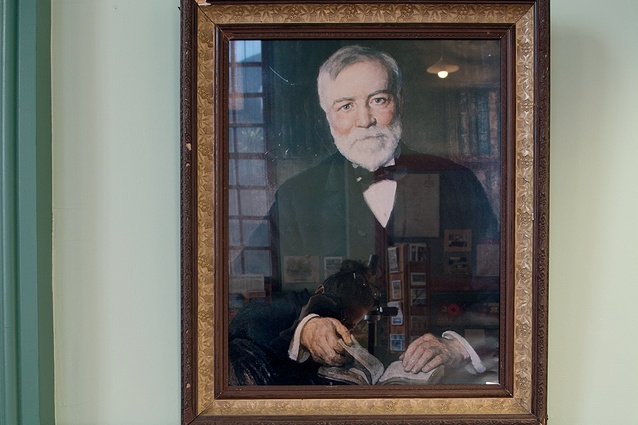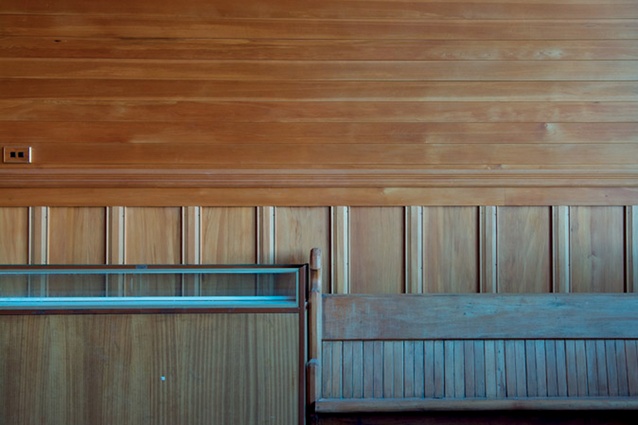Carnegie Libraries: Cultivate it as you will
Libraries have always fascinated Mickey Smith. One of her strongest childhood memories is of her grandfather taking her to “a gilded temple of magic” – the Carnegie library in her hometown of Duluth, Minnesota. The library was one of almost 2,000 in the USA built with donations from the industrialist and philanthropist Andrew Carnegie. An archetypal rags-to-riches robber baron, Carnegie had been born into poverty in Scotland in 1835. By 1901, when he sold his Carnegie Steel Company to J.P. Morgan for US$480 million (around US$13 billion today), he was the richest man in the world.
Carnegie’s personal experience of poverty meant he was acutely aware of the responsibilities of wealth and dismissive of those who left money to their descendants rather than encouraging them make their own way in life. In Carnegie’s view, “The man who died rich, died disgraced.”
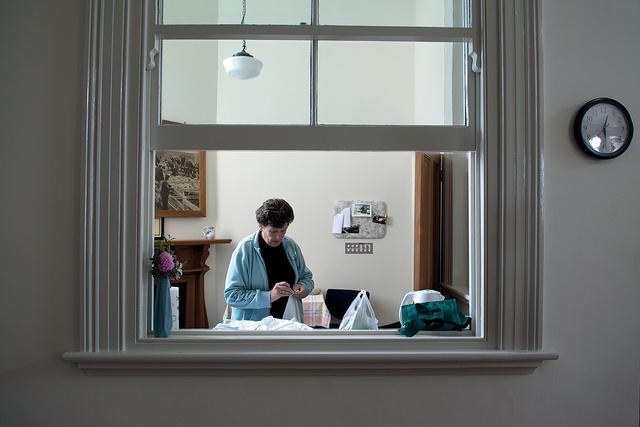
He walked his talk by donating the bulk of his wealth – an estimated US$350 million – to philanthropic projects. These libraries were monuments to his belief that it was education – via free access to books – that sowed the seeds for success in life. To the communities receiving library funding, Carnegie proclaimed, “I give you the seed. Cultivate it as you will.”
Moving from New York City to New Zealand some years ago, Mickey Smith was intrigued to learn that what she had assumed to be a purely American institution had also established 18 libraries around New Zealand, also, between 1902 and 1915. Fascinated by the unexpected connection, Smith set out to document the legacy and changing fortunes of these once-landmark buildings.
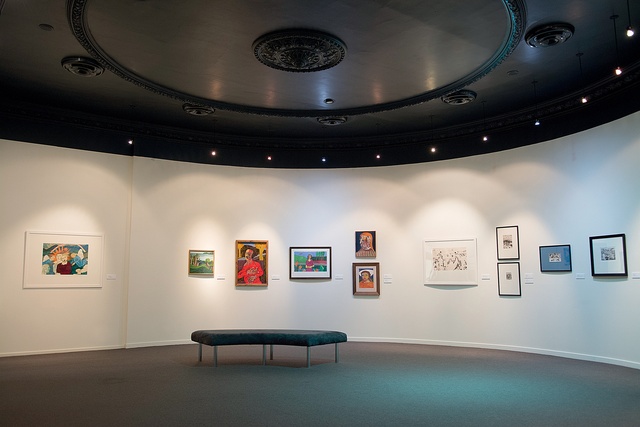
Of the 12 that remain, only two are still libraries: Balclutha and Marton. One in Westport stands vacant. The remaining nine house a disparate collection of tenants: museum, café, curry house, beauty parlour, pizzeria. In Balclutha, rambunctious five-year-olds burst into the frame. In Dunedin, a 40-piece orchestra rehearses, fittingly, Mendelssohn’s Scottish Symphony.
At every location, Smith combines the sensibility of a conceptual artist with the formal and technical skills of a documentary film-maker, in order to record lovingly the everyday lives of these heritage buildings. The result is a mesmerising and often poignant meditation on technological obsolescence, small-town politics and contradictory ideas of progress in our new digital economy.

